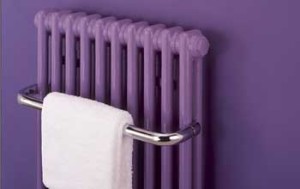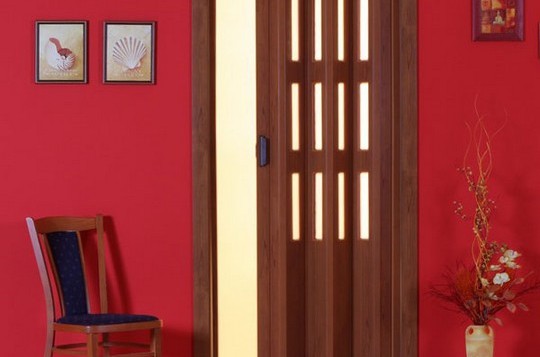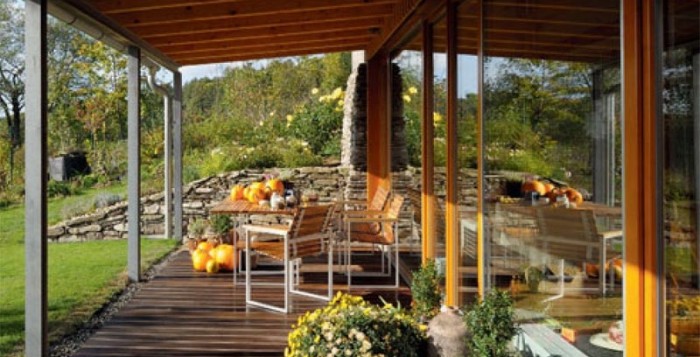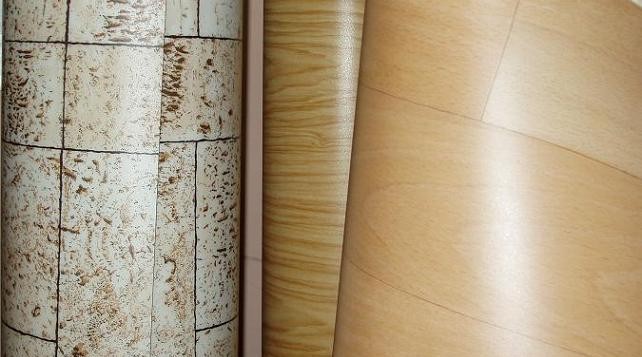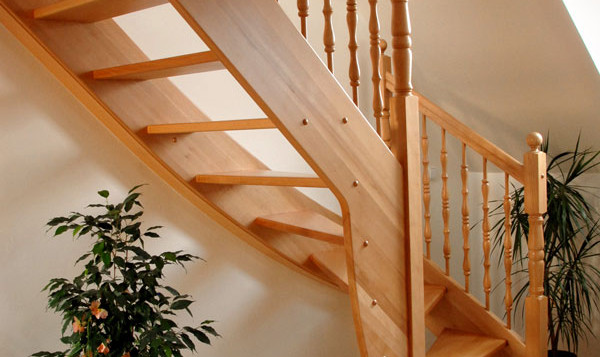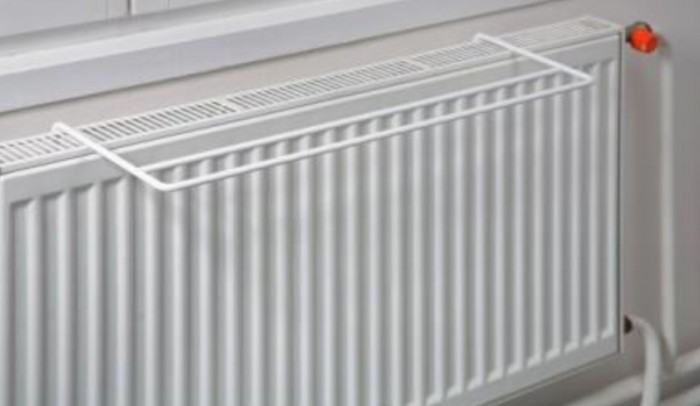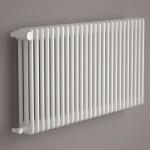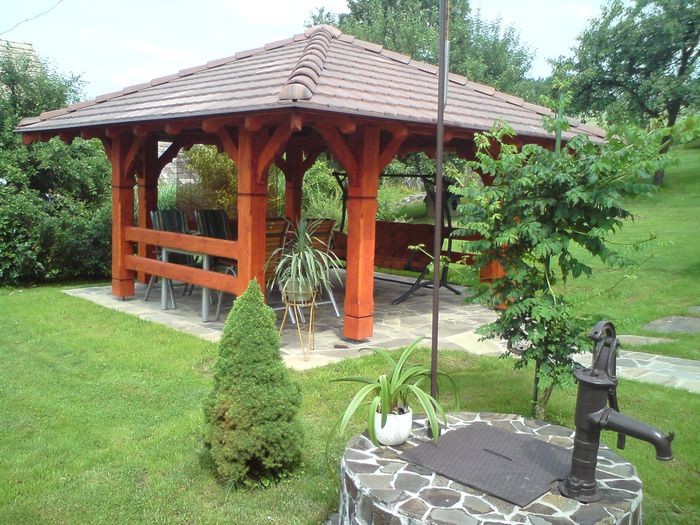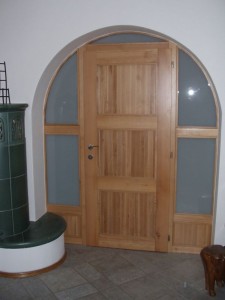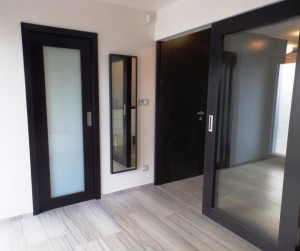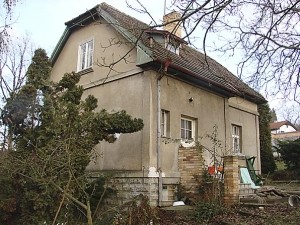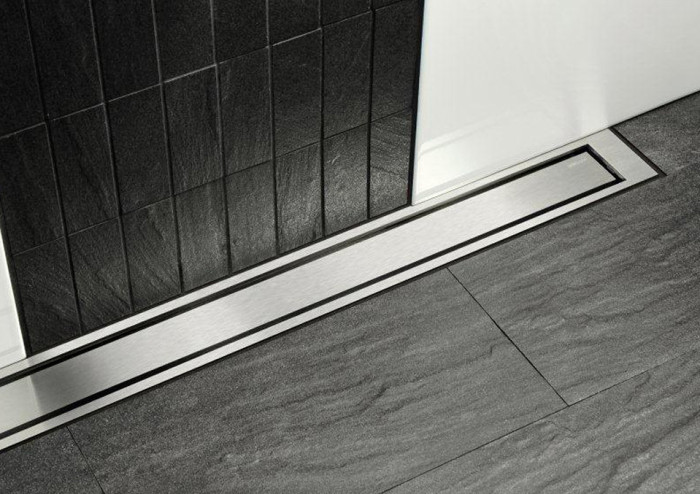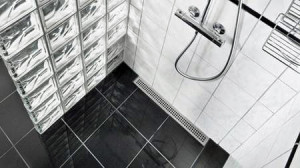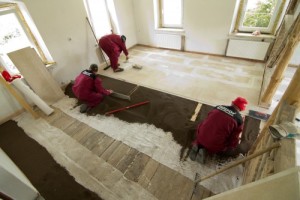Luxfers are almost a perfect building element that offers nearly endless range of applications: they can be used for partitions and half-partitions, vistas, ceilings and stairs. They bring light into dark spaces and brighten up dull interiors.
Today´s Luxfers are considerably different from the first ones, which have been produced since about 1897. The glass blocks changed from the original ones with only one glass wall, to hollow core blocks created by welding two halves together with an air pocket inside. Due to it, Luxfers gained additional benefits and their scope of use expanded.
Options Are Almost Unlimited
Even thought the clear blocks are not perfectly clear, they allow some visual contact. If you want to prevent stares into the room, you can use “satin” blocks, even though they transmit less light. You can achieve interesting effects by combining matte and glossy blocks, different sizes or colours of blocks.
The options are enhanced by special corner and ending parts that allow you to build Luxfer walls up to 90° angle or to end a partition with a block that has one, two or even three sides in the open. Luxfer wall can basically replace any non-bearing partition wall or window.
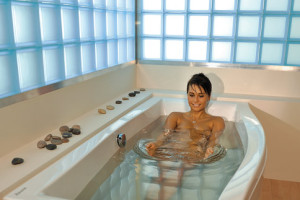
Beautiful And Practical
In addition to the undeniable decorative effect, glass blocks have other advantages, too:
- they bring light into dark spaces; if you fill part of a wall with them, you can get the natural light into a hallway, garage, bathroom or a basement
- they have great soundproofing properties, so they can be used as noise barriers both in interior or in exterior (for building envelopes)
- they are good thermal insulators
- technological Luxfers can be used wherever a fire rail is needed, they have resistance up to 90 minutes
Colour And Size Variations
As to production technology, Luxfers are divided into two groups: blocks dyed through the material and blocks dyed in cavity only. The first ones, Luxfers dyed through the material, are suitable both for indoors and outdoors use. The Luxfers dyed in cavity are drilled in one corner during manufacturing and then dye is injected inside. They are less resistant to UV light and frost that is why they are used in interiors only.
Besides the standard and most widely used format 19 x 19 x 8 cm, there are also the “half” format (19 x 9.4 x 8) and larger formats available. You can get blocks which are 10 cm thick, as well.

What Are The Luxfers?
They are glass blocks, usually consisting of two sides connected by heat forming, so they create an airtight capsule/cavity. The base is melt glass cast into a mould. The outer surfaces are generally smooth, and if the blocks have matte or decorated look, the texture is hidden on the inner sides.
Luxfers are a great way to separate a space which feels airy then, as they allow penetration of natural light into dark corners. The glass blocks are popular in bathrooms and shower cubicles where they are used for partitions, dividers or half-dividers, as well as for illuminating of corridors, halls, and staircases.
Other applications
Unlike the unsightly Luxfer windows of the past, today´s Luxfers bear the hallmark of luxury and they are elegant interior complements.
The horizontal application of Luxfers is an original idea used, e.g. on walkways, ceilings, landings or arched vaults. For this use, special glass blocks are produced. It is always a good idea to consult professionals from a specialized company about the choice, because standard types are not suitable sometimes.
